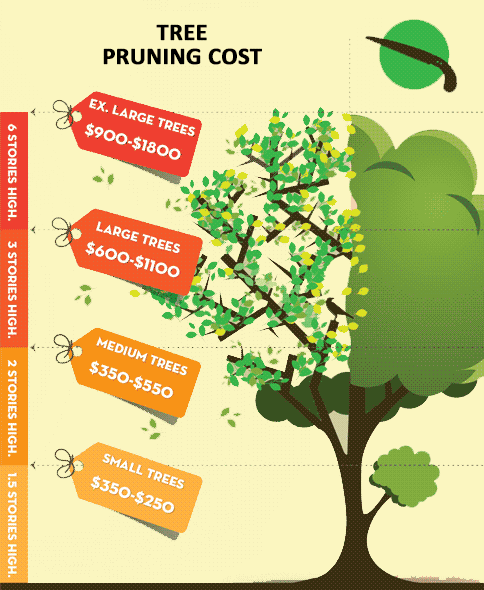Clues That Suggest Tree Elimination: How To Place Hazardous Trees
Clues That Suggest Tree Elimination: How To Place Hazardous Trees
Blog Article
Content By-Vogel Hubbard
When it concerns tree treatment, recognizing the indicators that it's time for elimination is necessary for your safety and security and property. You may discover stained fallen leaves, wilting branches, or weird fungal developments suggesting health problems. Architectural concerns, like a considerable lean or splits in the trunk, can additionally present risks. Understanding these indication can aid you make educated choices concerning your trees and stop prospective dangers prowling in your lawn. What should Trimming Fruit Trees look for following?
Indications of Degeneration and Condition
When you see signs of decay and illness in your trees, it's vital to act swiftly. Try to find stained fallen leaves, wilting branches, or unusual developments like fungus. These can suggest that your tree is having a hard time.
If you see splits in the bark or soft, mushy timber, these signs and symptoms recommend internal decay. Furthermore, an abrupt rise in pests around your tree can signal that it's compromised and at risk.
Check for any type of dead or passing away arm or legs, as they present a risk to your property and safety. If you doubt regarding what you see, getting in touch with an arborist can provide clarity.
Resolving these indicators early can save you from a lot more comprehensive damage and make sure the wellness of your lawn. Don't wait until it's far too late.
Structural Instability and Leaning
As you observe your trees, keep an eye out for any type of indications of architectural instability or leaning. If a tree leans considerably, it might indicate that the origin system is endangered.
Seek any fractures in the trunk or dirt around the base; these can indicate possible failing. Furthermore, look for unusual growth patterns, like an unbalanced crown, which may recommend that the tree is having a hard time to hold itself upright.
If you notice that the tree leans toward your home, power lines, or other structures, it poses a greater risk. Do not disregard these indications-- speak with an arborist to analyze the scenario.
Doing something about it early can avoid expensive damage and ensure your safety and security.
Dead or Perishing Branches and Vegetation
If you notice dead or passing away branches and vegetation on your tree, it's a clear sign that something's incorrect.
These undesirable areas can suggest underlying issues like condition, parasite problems, or ecological tension. When branches lose their fallen leaves or transform brown, they're no longer contributing to the tree's wellness. Neglecting https://mylesrjzpf.blogvivi.com/35909664/tree-removal-security-guidelines-key-points-to-understand-before-starting could lead to additional decline, making your tree a lot more harmful.
Dead branches can easily break off throughout tornados, positioning a danger to property and people nearby. It's essential to assess the extent of the damage.
If the issue affects a substantial part of the tree, consider seeking advice from an expert. They can aid determine if elimination is required to make certain safety and security and maintain the charm of your landscape.
Verdict
If you see any type of signs of degeneration, architectural instability, or dead branches on your trees, don't neglect them. These indicators can pose major safety threats to you and your property. It's constantly best to get in touch with a specialist arborist that can supply an expert assessment of your trees. Acting early can avoid accidents and expensive damages, ensuring your landscape stays risk-free and healthy and balanced. Bear in mind, it's much better to be proactive concerning tree treatment than to await a disaster to occur.
